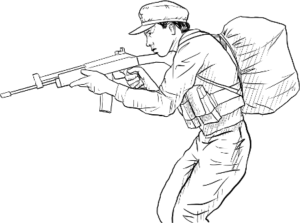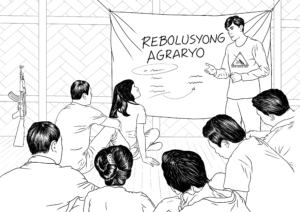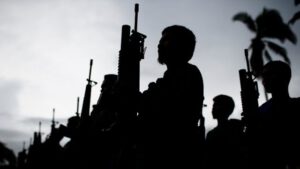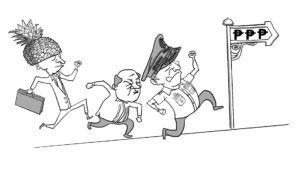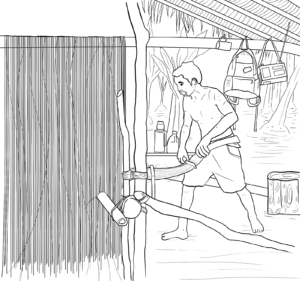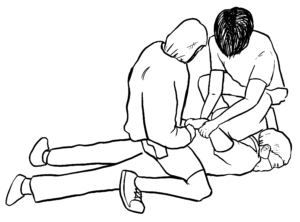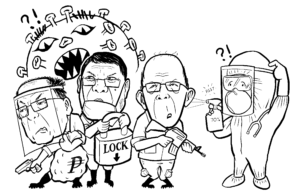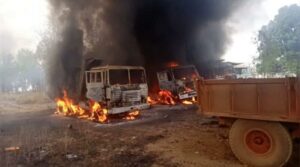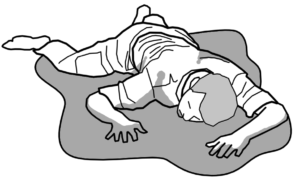Calls for armed struggle resound in Myanmar


The need for armed struggle in Myanmar (previously Burma) grows starker in the face of daily killings of civilian protesters by the military junta. Inside the country, more and more people are subscribing to the view that rallies, barricades and civil disobedience are no longer enough. As the days go by, the Tatmadaw, Myanmar’s military, grows increasingly brutal.
Last March, the junta killed 114 people in one of the bloodiest days in the 2-month daily protests. As of April 3, around 550 have been killed by the junta in its desperation to cling to power. These include 46 children. More than 2,750 have been arrested.
International media reports of activists from urban centers who are already training in local states in the country’s borders. These states are territories of Myanmar’s national minorities where various armed groups, called ethnic armed organizations in the country, exist. These groups have waged armed struggle against decades of exploitation and oppresion by the military junta and even against the government headed by Aung San Suu Kyi and the National League of Democracy (NLD). In 2015, 16 of these groups signed a national ceasefire agreement in return for autonomy.
When the Tatmadaw grabbed state power in February 1, these armed organizations immediately opened its territories to suppressed activists and NLD members. They condemned the coup and voided the national ceasefire agreement as the Tatmadaw attacked their territories.
Myanmar has a long history of armed struggle. It can be said that armed resistance persisted since 1939, when the Communist Party of Burma was founded. The communists led the armed resistance against the British colonialists from 1939-1941, Japanese occupation (1941-1945), reinstatement of British colonialism (1948-1962) and subsequently against the puppet civil regime and its usurper, the military junta from 1962.
The communist party was formally disbanded in 1989 but communist elements continued to wage sporadic armed resistance. Many of them assisted in forming armed groups among the national minorities for self-determination and national liberation. Around 28 such armed groups exist in Myanmar today.


